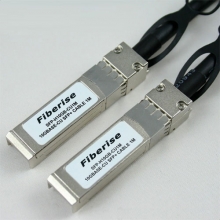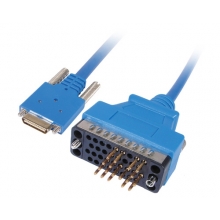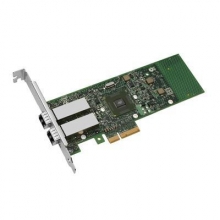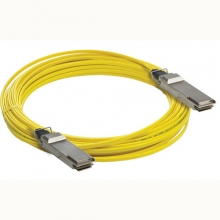- Optical Transceivers
- SFP+ Transceivers
- XENPAK Transceivers
- XFP Transceivers
- X2 Transceivers
- SFP Transceivers
- Compatible SFP
- 3Com SFP
- Alcatel-Lucent SFP
- Allied Telesis SFP
- Avaya SFP
- Brocade SFP
- Cisco SFP
- D-Link SFP
- Dell SFP
- Enterasys SFP
- Extreme SFP
- Force10 SFP
- Foundry SFP
- H3C SFP
- HP SFP
- Huawei SFP
- Intel SFP
- Juniper SFP
- Linksys SFP
- Marconi SFP
- McAfee SFP
- Netgear SFP
- Nortel SFP
- Planet SFP
- Q-logic SFP
- Redback SFP
- SMC SFP
- SUN SFP
- TRENDnet SFP
- ZYXEL SFP
- Other SFP
- FE SFP
- GE SFP
- OC3 SFP
- OC12 SFP
- OC48 SFP
- Copper SFP
- CWDM SFP
- DWDM SFP
- BIDI SFP
- Fiber Channel SFP
- Multi-Rate SFP
- SGMII SFP
- Compatible SFP
- GBIC Transceivers
- Passive Components
- Networking
- Cables
- Equipments
- Tools
- Special Offers


Fiber Optic Wiki
What is passive optical network?
May 24, 2012A passive optical network (PON) is a point-to-multipoint, fiber to the premises network architecture in which unpowered optical splitters are used to enable a single optical fiber to serve multiple premises, typically 16-128. A PON consists of an optical line terminal (OLT) at the service provider's central office and a number of optical network units (ONUs) near end users. A PON reduces the amount of fiber and central office equipment required compared with point-to-point architectures. A passive optical network is a form of fiber-optic access network.
What is FSAN and ITU?
May 24, 2012Starting in 1995, work on fiber to the home architectures was done by the Full Service Access Network (FSAN) working group, formed by major telecommunications service providers and system vendors. The International Telecommunications Union (ITU) did further work, and standardized on two generations of PON. The older ITU-T G.983 standard is based on Asynchronous Transfer Mode (ATM), and has therefore been referred to as APON (ATM PON). Further improvements to the original APON standard – as well as the gradual falling out of favor of ATM as a protocol – led to the full, final version of ITU-T G.983 being referred to more often as broadband PON, or BPON. A typical APON/BPON provides 622 megabits per second (Mbit/s) (OC-12) of downstream bandwidth and 155 Mbit/s (OC-3) of upstream traffic, although the standard accommodates higher rates.
What is Secure Passive Optical Network (SPON)?
May 24, 2012Developed in 2009 by Cable Manufacturing Business to meet SIPRNet requirements of the US Air Force, secure passive optical network (SPON) integrates Gigabit Passive Optical Network (GPON) technology and Armored Shield Carrier PDS Protective Distribution System (PDS).
Network bandwidth consumption
May 22, 2012Bandwidth in bit/s may also refer to consumed bandwidth, corresponding to achieved throughput or goodput, i.e., the average rate of successful data transfer through a communication path. This sense applies to concepts and technologies such as bandwidth shaping, bandwidth management, bandwidth throttling, bandwidth cap, bandwidth allocation (for example bandwidth allocation protocol and dynamic bandwidth allocation), etc. A bit stream's bandwidth is proportional to the average consumed signal bandwidth in Hertz (the average spectral bandwidth of the analog signal representing the bit stream) during a studied time interval.
Wireless networks
May 22, 2012Wireless networking (i.e. the various types of unlicensed 2.4 GHz WiFi devices) is used to meet many needs. Perhaps the most common use is to connect laptop users who travel from location to location. Another common use is for mobile networks that connect via satellite. A wireless transmission method is a logical choice to network a LAN segment that must frequently change locations. The following situations justify the use of wireless technology:
What is Doped fiber amplifiers?
May 22, 2012Doped fiber amplifiers (DFAs) are optical amplifiers that use a doped optical fiber as a gain medium to amplify an optical signal. They are related to fiber lasers. The signal to be amplified and a pump laser are multiplexed into the doped fiber, and the signal is amplified through interaction with the doping ions. The most common example is the Erbium Doped Fiber Amplifier (EDFA), where the core of a silica fiber is doped with trivalent Erbium ions and can be efficiently pumped with a laser at a wavelength of 980 nm or 1,480 nm, and exhibits gain in the 1,550 nm region.



















































